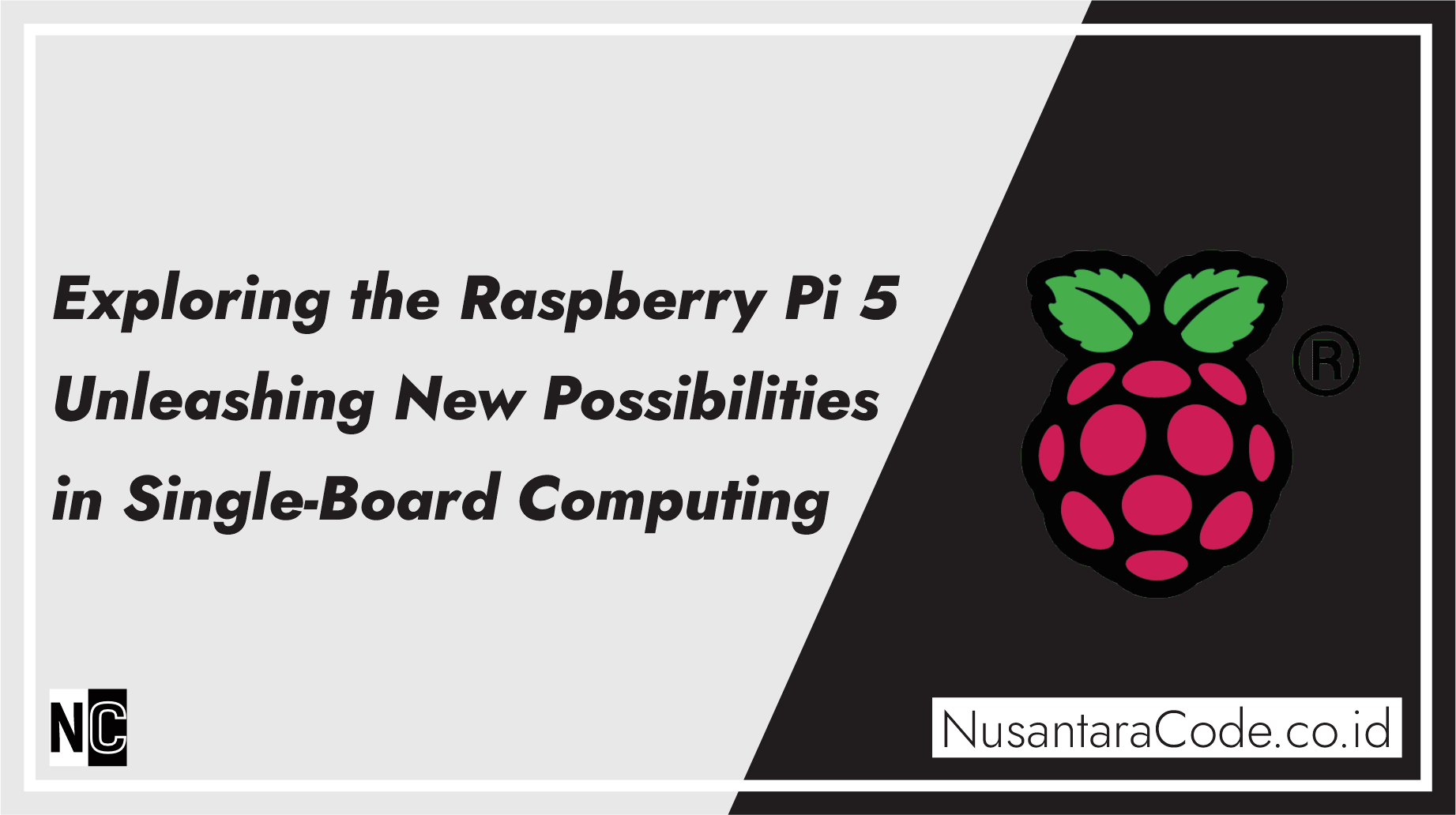The Raspberry Pi, a series of small single-board computers developed by the Raspberry Pi Foundation, has been a game-changer in the world of DIY computing and embedded systems. With each iteration, the Raspberry Pi has evolved to offer improved performance and features. In this article, we delve into the exciting world of the Raspberry Pi 5, exploring its specifications, potential use cases, and the advancements it brings to the table.
Key Specifications of the Raspberry Pi 5:
1. Processor:
- The Raspberry Pi 5 is expected to feature a powerful multicore processor, offering enhanced performance for various computing tasks.
2. RAM:
- Increased RAM capacity, providing more memory for multitasking and resource-intensive applications.
3. Storage Options:
- Expanded storage options, allowing users to choose from a range of storage capacities to suit their project requirements.
4. Connectivity:
- Advanced connectivity options, including built-in Wi-Fi and Bluetooth capabilities, making it easier to connect and communicate with other devices.
5. Ports:
- A diverse array of ports, catering to different needs such as HDMI for video output, USB ports for peripherals, and GPIO pins for hardware interfacing.
6. GPU Improvements:
- Upgraded graphics processing unit (GPU), enhancing graphics performance for applications like gaming and multimedia.
7. Form Factor:
- A compact and energy-efficient design, retaining the small form factor that has become a hallmark of Raspberry Pi devices.
Potential Use Cases:
1. Media Center:
- The improved GPU and connectivity options make the Raspberry Pi 5 an excellent candidate for a home media center, capable of streaming high-definition content.
2. Desktop Computing:
- With enhanced processing power and memory, the Raspberry Pi 5 can serve as a more capable desktop computer for basic computing tasks.
3. Educational Projects:
- Continuing the tradition of Raspberry Pi as an educational tool, the new model can be used for teaching programming, electronics, and other STEM subjects.
4. Home Automation:
- The GPIO pins and connectivity features make the Raspberry Pi 5 suitable for home automation projects, allowing users to control smart devices.
5. Robotics:
- The compact size and improved processing capabilities make the Raspberry Pi 5 a valuable component in robotics projects.
6. Server Applications:
- The Raspberry Pi 5 can be employed for lightweight server applications, such as hosting a personal website or a small-scale web service.
Advancements Over Previous Models:
While retaining the core principles of affordability and accessibility, the Raspberry Pi 5 builds upon the success of its predecessors by offering increased performance, expanded capabilities, and a more versatile computing experience. The improvements in processing power, memory, and connectivity open the door to a wider range of applications, making it an exciting prospect for hobbyists, educators, and professionals alike.
Availability and Community Support:
As with previous Raspberry Pi models, the release of the Raspberry Pi 5 is likely to be met with enthusiasm from the vibrant Raspberry Pi community. Extensive documentation, tutorials, and a wealth of community-driven projects ensure that users have the resources they need to get the most out of their Raspberry Pi 5.
The Raspberry Pi 5 represents another leap forward in the evolution of single-board computing. With enhanced specifications and a multitude of potential use cases, it continues the Raspberry Pi Foundation’s mission of empowering individuals to explore, learn, and create with affordable and versatile computing technology. Whether you’re a hobbyist, educator, or developer, the Raspberry Pi 5 promises new possibilities and exciting projects on the horizon.
